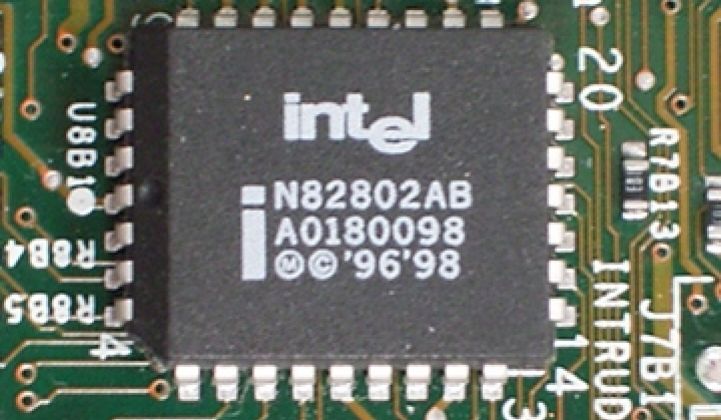SAN FRANCISCO -- News Analysis -- Intel says that the quickest way to a more intelligent grid might be through tools that can manage power consumption inside homes and buildings.
And in the end, that could one day mean good news for startups in this space looking for a big brother or someone to buy them.
Andrew Chien, a vice president of Intel Labs, gave an overview at the Intel Developer Forum in San Francisco today on microgrids – i.e., hardware, software and networking controls that can control power in buildings and neighborhoods.
While Intel is already working on smart grid technologies with partners in China and the U.S., it hasn't discussed the problem of power management in buildings nearly as much. The company, though, seems fairly enthused about the prospect. Buildings consume 40 percent of the power in the U.S., Chien pointed out. More importantly, building management tools can likely be installed and adopted much more rapidly.
"It doesn't require global, universal agreement on what to do about the grid to start moving forward," he said. "You can begin to decouple this grid from the larger problem. You could manage a microgrid within a building."
To prove the point, a researcher at Intel Labs showed off a prototype tool that allowed a PC to determine what appliances were running in a home by studying the home's various patterns of power consumption. Each appliance has its own unique signature. Some turn on rapidly and then consume fairly steady amounts of power. Others turn on slowly but then gobble up lots of electrons.
These signals are delivered to a PC, which then crunches them through a digital signal processor, and paints a graphical representation of a user's home on a screen. The tool only monitors power consumption now, but it could be hooked into control systems.
Besides giving a person a granular view of their home energy consumption, the system works cheaply because sensors don't need to be attached to different appliances. Two small boxes that can capture and deliver the signals to a PC are all that is required.
"This level of sensing has been one of the fundamental challenges," he said. "You can't afford to put a sensor on everything."
So why is this good for startups? By entering a market such as building management, Intel could help establish standards as well as evangelize the concept to corporate buyers.
Second, if and when it does decide to get into a new market, it often does so through acquisitions. It's a familiar pattern. Intel executives sketch out a vision. Twelve to 18 months later, a strategy is unfurled and an orgiastic buying spree begins. (A Business Week profile on how the strategy was hatched while executives were rappelled down the side of the Grand Canyon during a corporate retreat often follows, but it isn't mandatory.)
In the mid-1990s, Intel execs stated that the internet, essentially, was a network based on digital silicon chips. Subsequently, between 1999 and 2003, Intel bought 37 companies for $11 billion, most of them in communications. In 2004, CEO Paul Otellini discussed the convergence of digital technology and consumer electronics. Purchases of companies like Oplus and Zarlink followed. (Intel already makes processors for wind turbines and its VC unit has made several energy investments.)
Chien did not make any statements regarding products, acquisitions or other strategies. However he did note that the company is partnering with utilities to discuss some of these issues. And he noted that many of the components for power consumption and regulation are analog-based devices.
In Intel speak, "analog" translates to "something that will be replaced."



